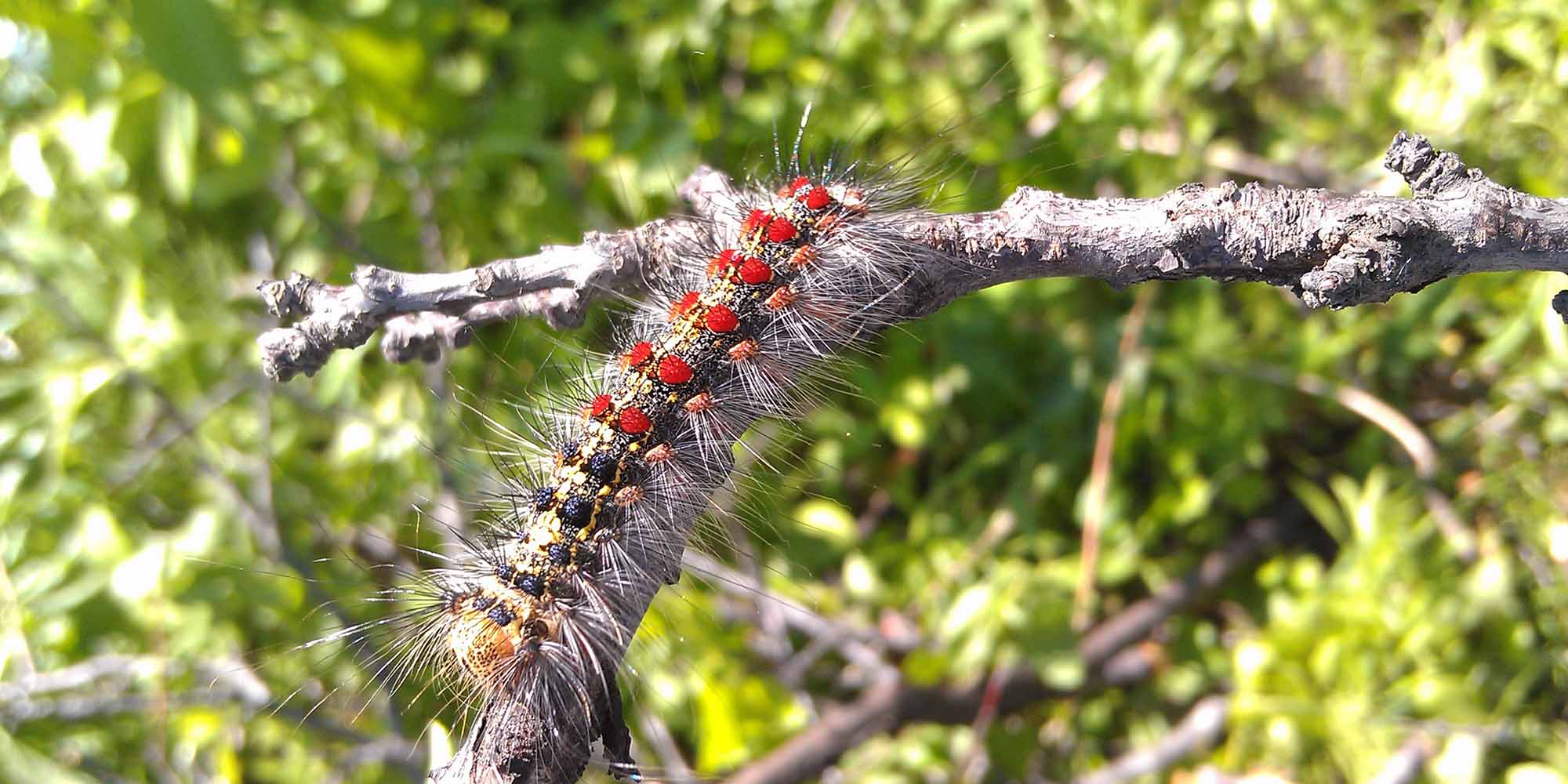The Gypsy Moth: Unraveling Nature's Puzzling Pest
When the graceful yet voracious gypsy moth enters your yard, it can quickly transform the serene landscape into a battleground for your trees and shrubs. These invasive insects, native to Europe and Asia, have made their way into North America, wreaking havoc on forests and suburban landscapes alike. In this blog post, we will explore how gypsy moths harm your yard and discuss effective ways to combat their destructive impact.
Defoliation: Stripping the Green Canopy
One of the most apparent ways gypsy moths harm your yard is through defoliation. Gypsy moth caterpillars have an insatiable appetite for leaves, and during outbreaks, they can consume an astonishing amount of foliage in a short time. The caterpillars feed on various tree species, including oak, birch, maple, and many others. As they voraciously munch on leaves, the once lush and green canopy of your yard starts to thin out, leaving behind bare branches and a weakened landscape.
Stress on Trees and Shrubs
As gypsy moths strip trees and shrubs of their leaves, they expose these plants to stress and vulnerability. Without their leafy canopies, trees struggle to photosynthesize, the process that converts sunlight into energy. This compromised energy production weakens the trees, making them more susceptible to diseases, pests, and environmental stressors.
Moreover, the loss of leaves can disrupt the natural balance of water and nutrient absorption, further straining the trees’ health. Over time, repeated defoliation events can lead to declining tree health and even tree mortality, altering the aesthetic appeal of your yard and impacting the overall ecosystem.
Impact on Biodiversity
Gypsy moths don’t discriminate when it comes to their food sources. They feed on a wide range of trees and shrubs, affecting various plant species in your yard. When certain tree species are heavily targeted, it can create imbalances in the ecosystem. Native insects, birds, and other wildlife that depend on these trees for food and shelter may face disruptions in their natural habitats, potentially leading to a decline in biodiversity.
Economic Consequences
The presence of gypsy moths in your yard can also have economic ramifications. The cost of managing and treating the infestation, as well as potential tree removal and replanting, can be substantial. Furthermore, if your property is affected by a gypsy moth outbreak, it could impact your property’s value, as a heavily damaged yard may not be as desirable to potential buyers.
Controlling Gypsy Moths in Your Yard
Fortunately, there are several effective ways to control gypsy moth populations in your yard:
a. Physical Removal: During the early stages of an infestation, manually removing egg masses from trees can significantly reduce their numbers.
b. Biological Control: Introducing natural predators of gypsy moths, such as parasites and predators like birds and other insects, can help keep their populations in check.
c. Pheromone Traps: Using pheromone traps can be an effective way to monitor and capture male moths, disrupting their ability to mate.
d. Insecticides: As a last resort, consider using insecticides labeled for gypsy moth control, but make sure to follow the instructions carefully and use them responsibly to minimize harm to beneficial insects and the environment.
Gypsy moths can pose a serious threat to the health and beauty of your yard. Their insatiable appetite for leaves and their ability to reproduce rapidly can cause extensive damage if left unchecked. Contact Bark Busters Tree Service today to learn how we can help eradicate and prevent gypsy moths.




